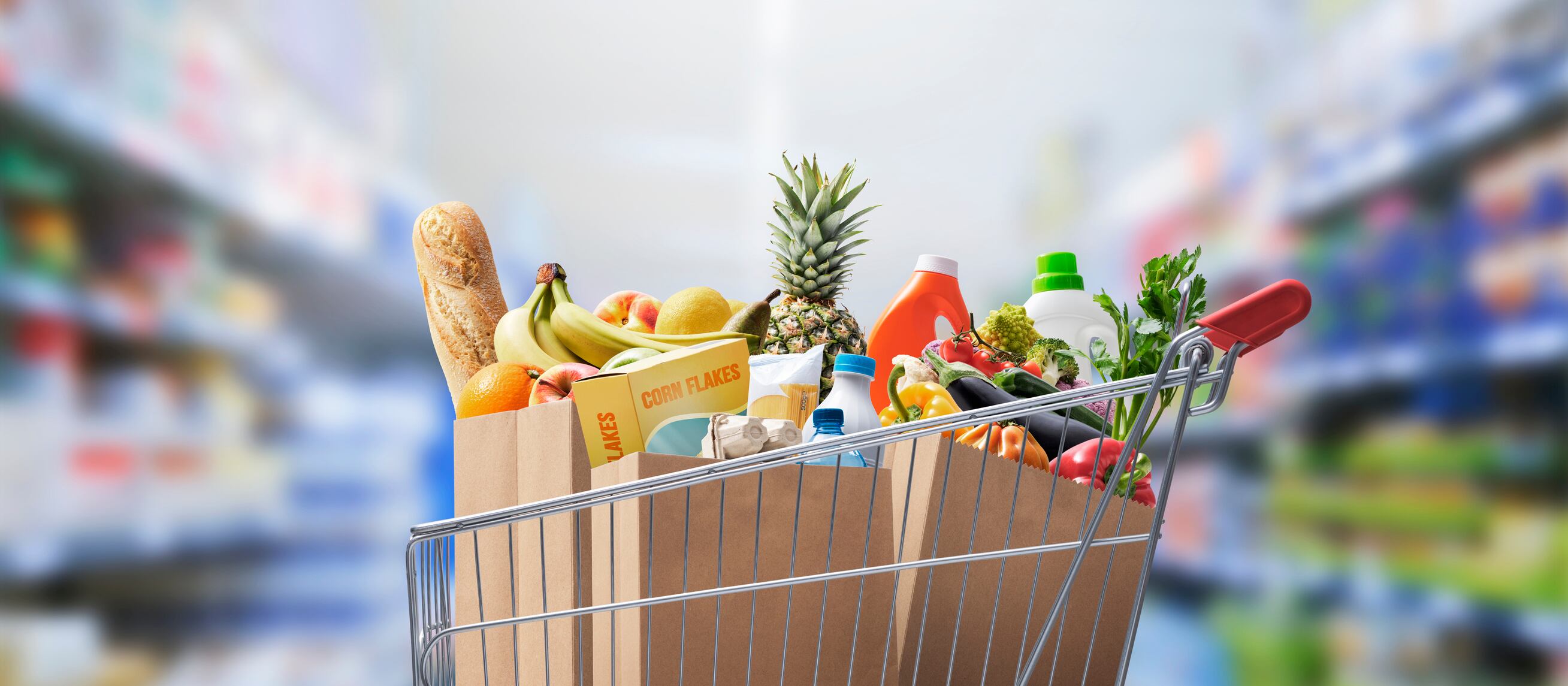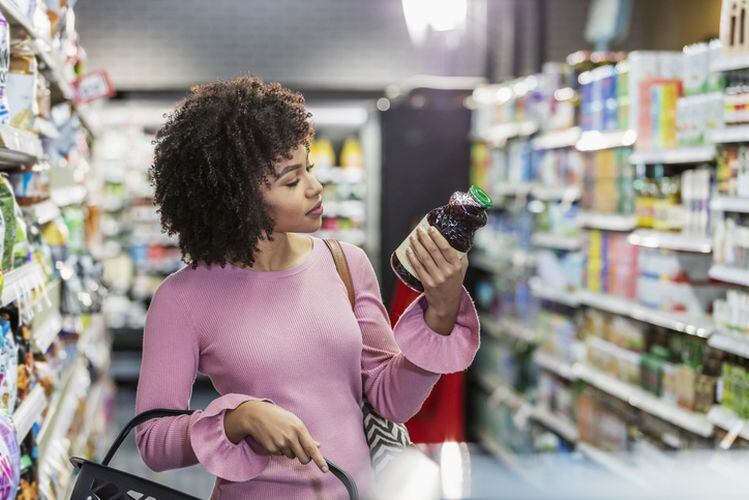In collaboration with the University of Maryland, Baltimore County, Partnership for a Healthier America (PHA) developed the map to give communities, retailers and policy makers a more accurate picture of where food equity exists and where it need to improve across the country.
Jason Wilson, SVP, marketing and development, PHA explained to FoodNavigator-USA, that the aggregated data was taken from three different data sets: USDA’s Food Research Atlas, which includes data for low access and low-income census tracks, the 2021 census and the Center for Disease Control and Prevention's national diabetes statistic report.
Traditionally, public health was measured using obesity statistics. However, PHA found a stronger tie between food equity and diabetes data, particularly as diabetes is “one of the most well measured and tracked diet-related disease statistics,” Wilson explained.
PHA combines these data sets and places it on a scale of 0 to one, with one indicating greater access and getting closer to 0 indicates less access.
“So when we combine those data sets, we looked at the bottom 60% in the combined score, we would consider those areas of opportunity to increase access,” Wilson clarified.
Areas in pink and purple denote opportunities for improving food access. PHA intends to add more data sets to give a clearer picture of the food narrative nationwide. This includes data from Indigenous tribal lands, WIC and SNAP EBT use, and PHA is looking for ongoing feedback on improving the map’s data sets.
How can CPG business use the map to improve food accessibility?
The map is narrowed down to the zip code, which can help communities develop services that improve food accessibility. It’s also an opportunity for CPG brands to consider how income shapes these specific areas and dial in on marketing “healthier parts of their portfolios” to capture a community’s nutrition needs.
“CPG brands know probably better than anybody else how to market food to consumers. One of the key barriers is that so much of the marketing dollars spent are not really geared towards healthy and nutritious options for families. How can we think creatively about marketing those healthier options?” Wilson explained.
Ultimately, Wilson explained, the map is about partnership between all sectors (consumers, retailers, brands, non-profits, policy makers) in a community to develop “long lasting access to healthy food,” not just “calories.”
He went on to say that the U.S. food system is structured so that food manufacturers, retailers and brands are how and where most Americans have access to the greatest variety of food – and the map can be a critical tool for all sectors to develop a more functional and equitable food system across the country.
“The Food Equity Opportunity Map helps us identify those areas where we can work together in partnership…this includes CPG brands, philanthropic sectors, charitable food systems,” he added.
What this looks like is a supermarket that has accessible “merchandised, marketed and healthier products” available on the shelves; or affordable grocery delivery options in areas where time and public transportation are barriers to access.
Wilson notes that for policy makers, they can use the map to compare their areas across other cities to take a temperature on the community’s food access.
“Councils, government and established bodies are working to improve food access in the [area] but this helps them target those activities more directly to the communities that need it.”
In the future, PHA intends to make the data that powers the map accessible, which can offer CPG brands and retailers more insight to developing effective marketing strategies for healthy foods.
“We currently have a food system that needs to be improved”
Wilson found that equitable food access stretches across rural, suburban and urban lines.
“One of the key things that this map can tell us and create awareness about is that we currently have a food system that needs to be improved,” by developing strategies that allow for better and affordable access to food.
According to the USDA, 34 million people are food insecure in the U.S. and paired with the pandemic and inflation, access to nutritious food is limited. This includes improving access to federal nutrition programs like WIC and SNAP, among others.
The map tells the story of food in the U.S. and its “systemic lack of access to healthy foods in communities that have been marginalized for generations,” Wilson detailed.


